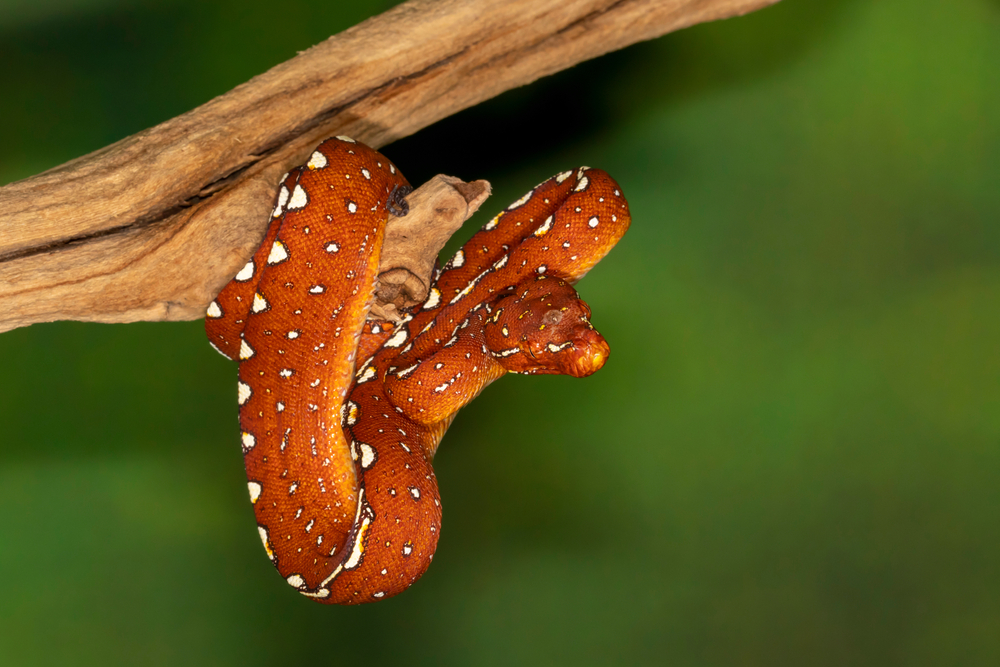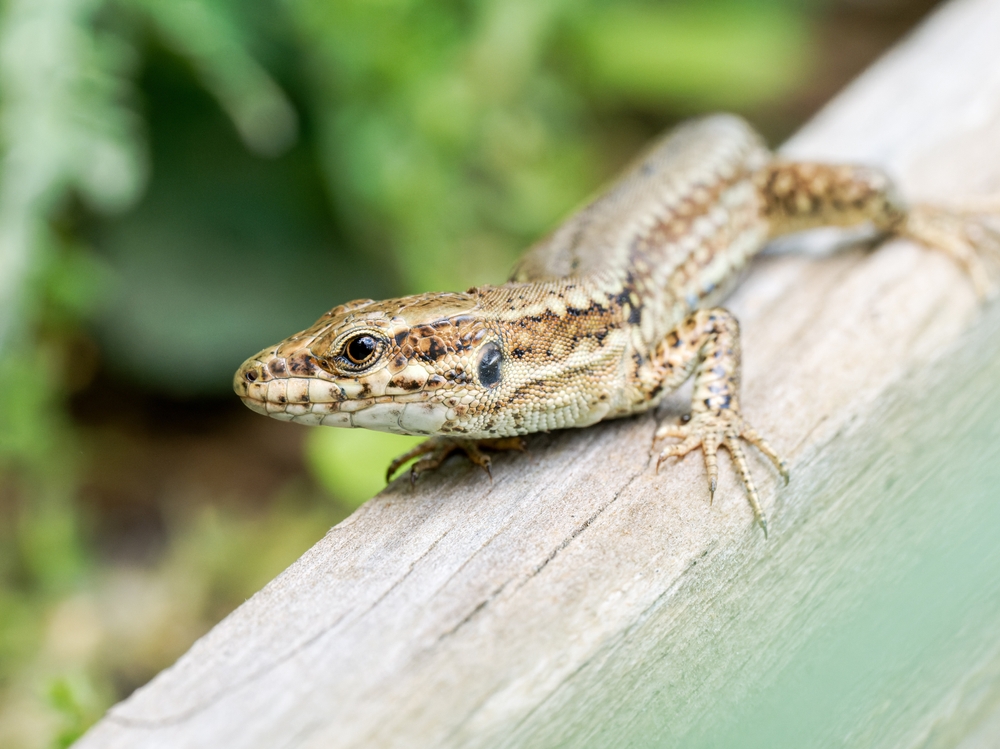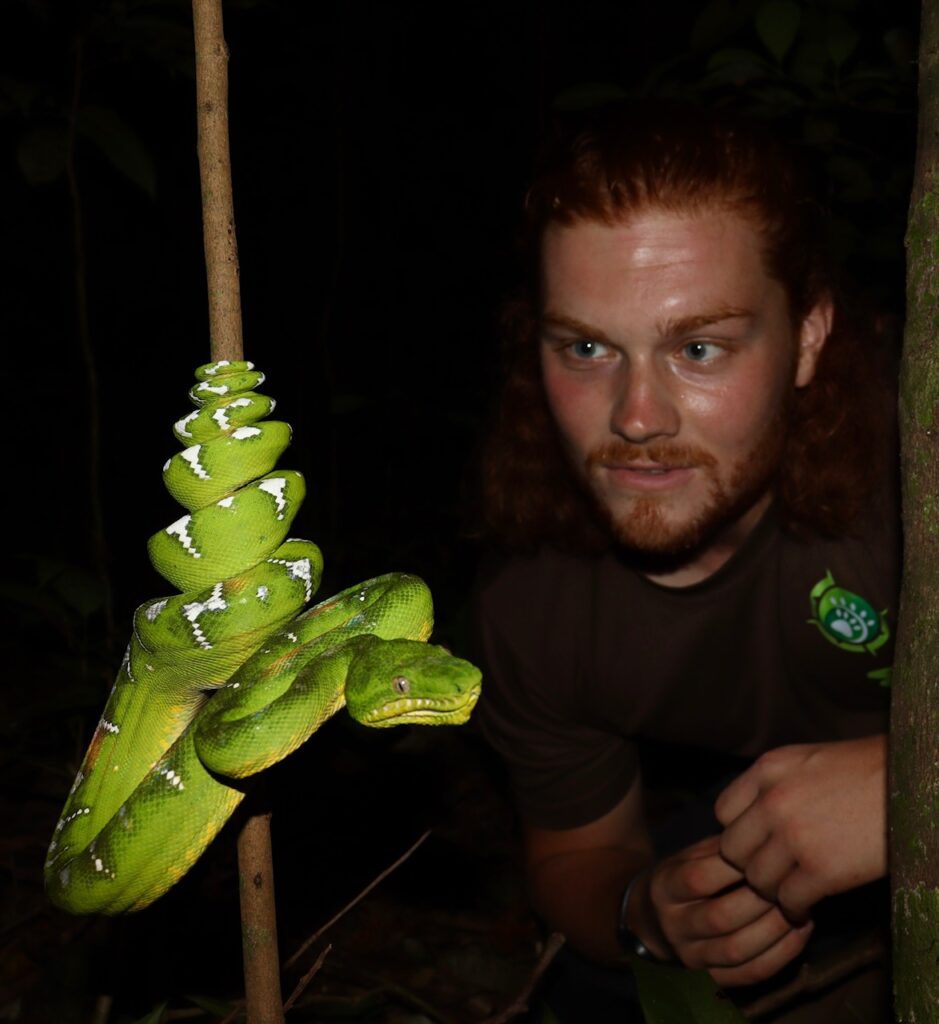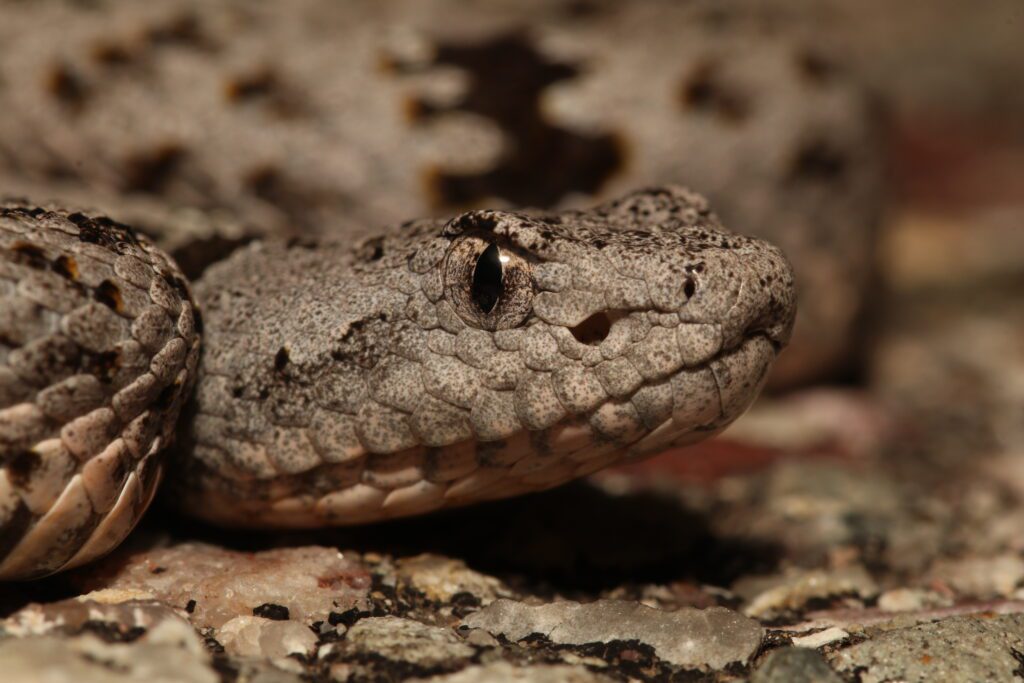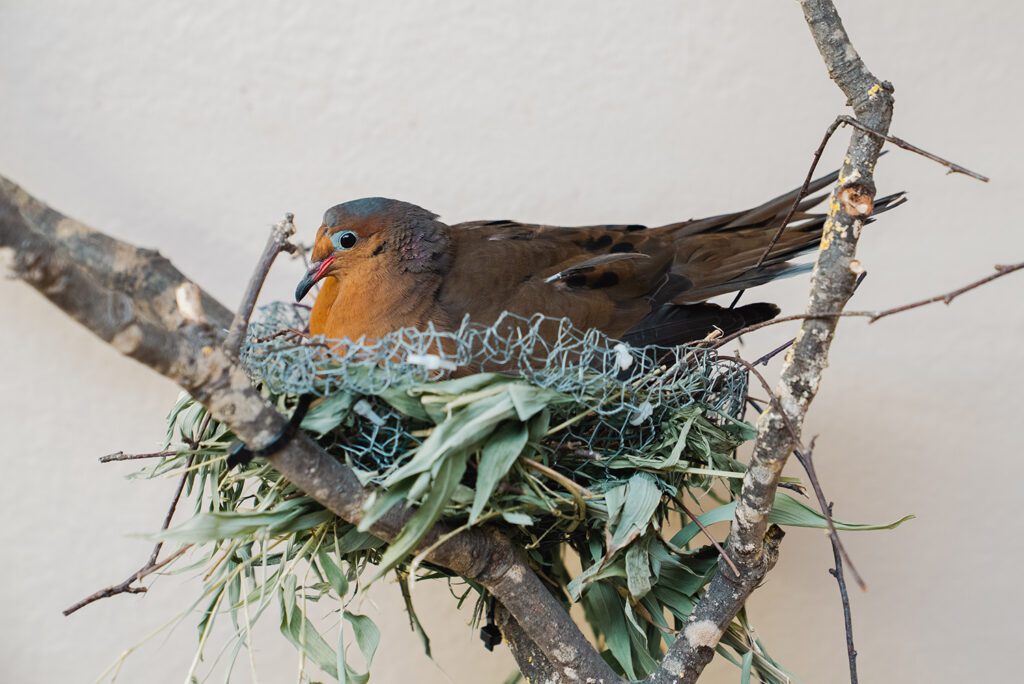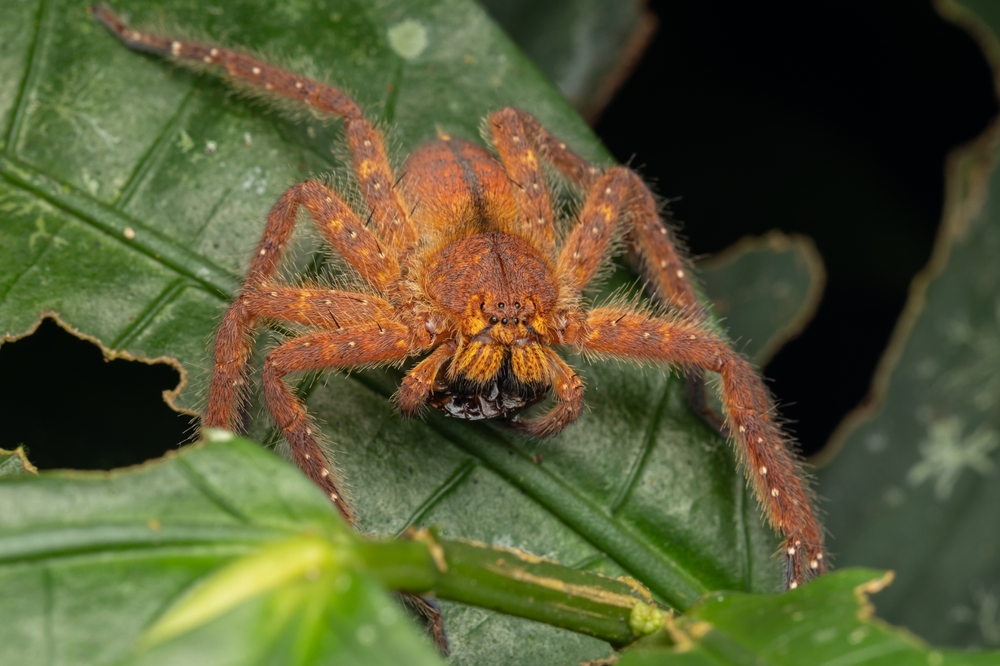The Moroccan Uromastyx (Uromastyx nigriventris) is the most-kept species of “spiny-tailed lizard” in the UK. These large, robust reptiles inhabit the harshest deserts in North Africa. In October, I visited Assa, known as the ‘frying pan of Morocco,’ to learn more about the wild habitats of Moroccan Uromastyx.

The Morrocan Uromastyx
The Moroccan Uromastyx is one of the most striking lizards on Earth. Growing up to 40 cm in length and adorned with bright yellow or orange dorsal patterns and a black underside, male U. nigriventris are truly remarkable. They are one of the larger Uromastyx speciesand are often considered to be the hardiest. As with most Uromastyx, the sexual dimorphism is apparent but perhaps less noticeable than in other species. Females are usually slightly smaller and less bulky, but both sexes can exhibit striking colouration. The name “nigriventris” refers to the animal’s black (nigri) ventral (ventris), or ‘underside’. There are three colour forms; orange, yellow and intermediate (a mix of the two). However, captive specimens with particularly vibrant orange colouration have been adorned with the name “flames” and some yellow animals are so bright they appear almost lime green. Even though some captive specimens are more vibrant than others, these “morphs” are not far removed from their “wild-type” counterparts.
The Moroccan Uromastyx occurs throughout Morocco’s interior (East and South of the Atlas Mountains) and into western Algeria. Morocco is a country famous for its herpetofauna diversity, with its most iconic species being restricted to the humid coastal regions of the country. Moroccan Uromastyx buck this trend, as they thrive in the most arid, desolate conditions where temperatures frequently exceed 50℃ and years can pass without rain. This is perhaps the Uromastyx’s most incredible behaviour; its ability to survive, even thrive, where most animals would perish in days. Furthermore, the Moroccan Uromastyx can live up to (and occasionally exceed) 50 years of age.
Moroccan Uromastyx utilise complex burrow systems and hot basking rocks to survive in the desert. Tall basking rock perches are also intrinsic in establishing dominance hierarchies and social structures in the wild. Whilst their habitat appears desolate, their ecological adaptations are extremely specialist. This makes their captive husbandry somewhat specialist, despite many generations of successful captive breeding and the popularity of the species.
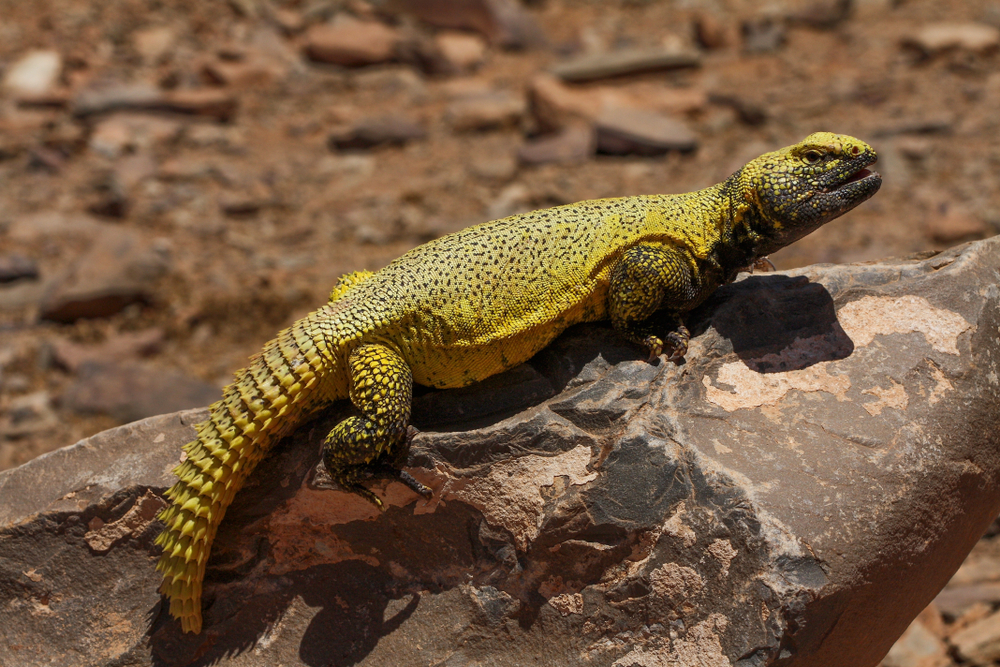
Finding Uromastyx in the Wild
Finding wild Uromastyx is not difficult if you know where to look. They are extremely bold lizards, that will sit atop the tallest rocks in their otherwise quite flat habitat. It is for this reason that the highest densities of Moroccan Uromastyx are found in extremely rocky areas such as dried riverbeds, gorges and valleys. In these areas males can control territories with numerous rocks and burrow systems and females can live amicably alongside them. Even in areas with fewer rocks, Uromastyx are easily spotted as the males sit on small verges or the crests of mounds where they occupy vantage points.
During our trip to Morocco, we found Uromastyx throughout the day. Whilst there was probably more activity in the early morning due to the intense heat. On cooler or cloudy days, Moroccan Uromastyx are reported to be less active and activity levels increase during the sunniest and hottest parts of the day. This is unusual, considering most desert reptiles will exhibit ‘biphasic’ basking tendencies in extreme heat. Bearded dragons, for example, will bask in the early morning when the temperature is warm, UV is moderate and the IR power density is lower and then retreat to burrows or shelter through the middle of the day. Whilst Uromastyx likely do this too throughout the hottest periods, it is not uncommon to see Uromastyx actively seek out environmental extremes.
Most Moroccan Uromastyx will have a retreat burrow very close to their basking rock. However, the depth of these burrows differs. Some populations exist on soft, clay-based substrate that is excellent for digging deep burrows and these can extend many meters deep into the ground. Others live in rocky riverbeds and the escape burrow is just a hole beneath a rock. Both options award a safe and slightly more humid retreat for the animals.
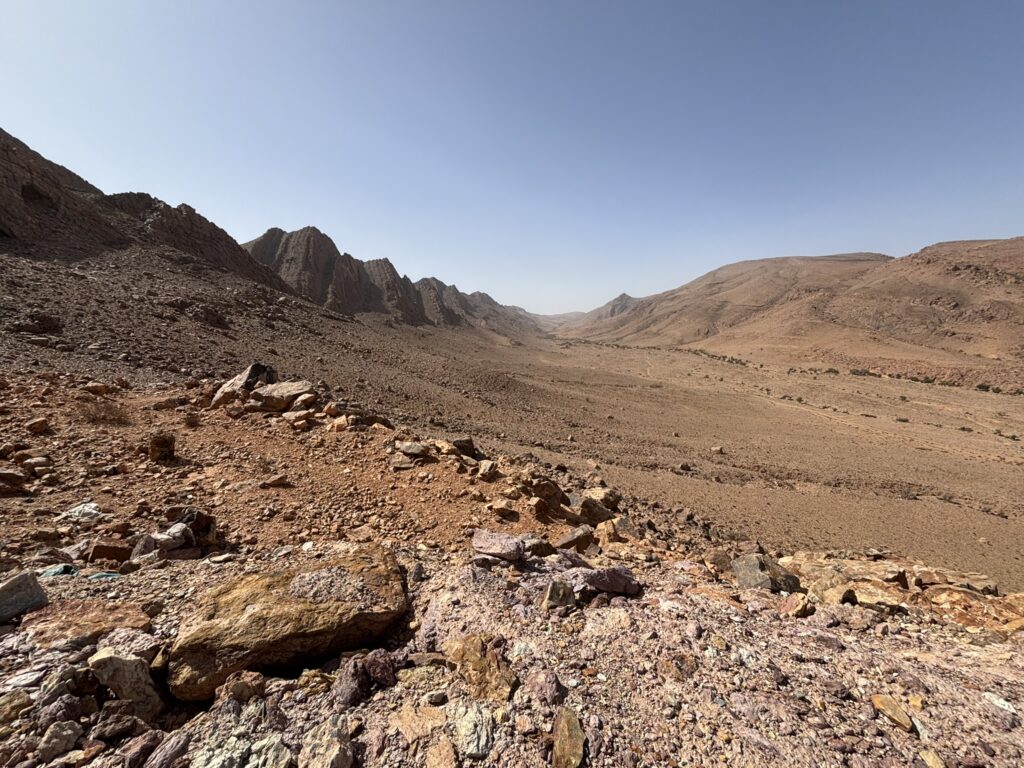
Uromastyx Diets
Perhaps the second most remarkable aspect of Uromastyx survival is their ability to develop large, fatty bellies from the restricted number of plants that exist in their habitat. Uromastyx are typically vegetation grazers (but will feed on insects too). Some Uromastyx can even survive for months without feeding by surviving on the energy they have stored since plants were available.
In October in Morocco, the only vegetation we found in Uromastyx habitat were small shrubs and a few (seemingly) dead trees. These shrubs are made up of short fibers as opposed to rich leafy greens. Some shrubs also had bright yellow flowers, potentially harbouring vital nutrients not found in the dusky green/brown leaves across most of the habitat.
Wild Uromastyx diets change drastically throughout the year. Some seasons bring plentiful vegetation and flowers (spring) and other seasons offer only the most unappealing scrub (autumn/winter). Whilst there is no need to replicate this so drastically in captivity, the use of long-fibre foods such as ProRep Tortoise Foods or ZooMed Grassland Diet may be an appropriate introduction to a Uromastyx’s diet, particularly from July until October, when rainfall is at its lowest and plants begin to perish. These low protein, high fibre diets help structure the animals’ metabolism over time, preventing them from growing too quickly and also exercising the energy storage capabilities and biological mechanisms that the species has evolved to survive in harsh environments. It also means that when fresh food does “become available” in spring, the animal utilizes its visual and olfactory senses to seek out nutritious flowers as it would in the wild.
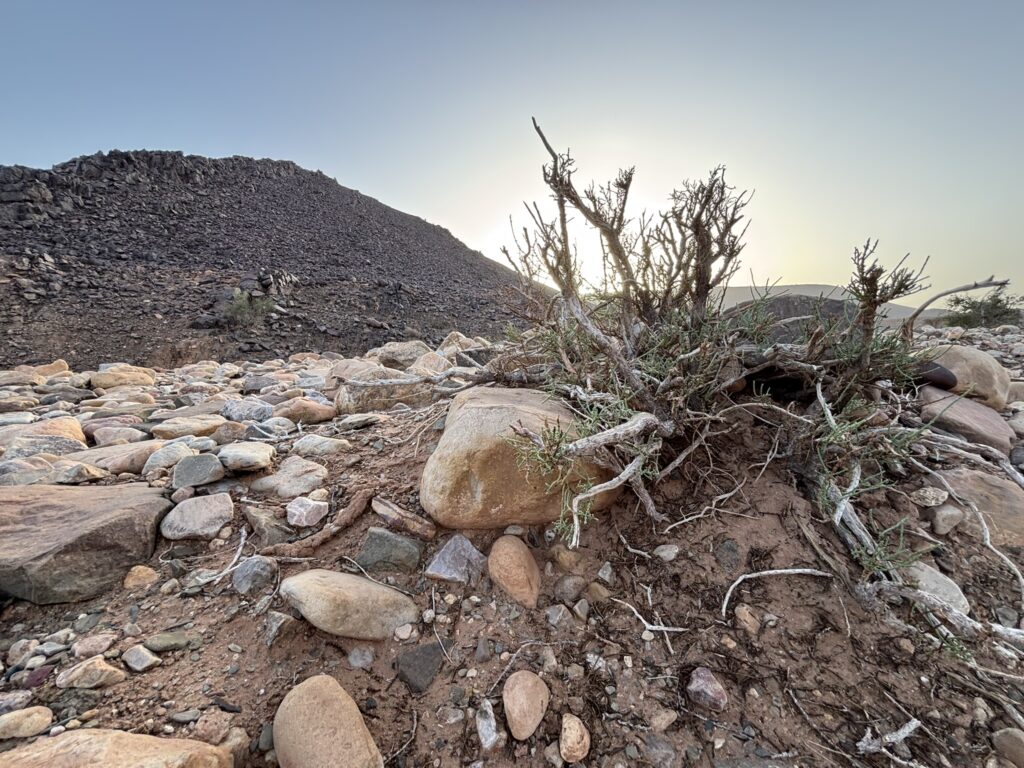
Some keepers produce short-fibre but moisture-rich foods at home by sprouting lentils. These are a good example of nutrient-rich, low-protein foods. It’s also worth noting some populations of wild Moroccan Uromastyx probably don’t encounter any fruit at all in their natural diet. The ones that do, will be limited to rare occasions throughout the year. Instead, “treats” should consist of brightly-coloured flowers (such as dandelions, hibiscus, hollyhock and marigolds) coated in bee pollen (another nutrient-rich component of a wild diet). Approved fruits and berries can make good food sources in spring, especially if the keeper has brumated their animals.
Most keepers provide fruit and vegetables as a large part of their animals’ diet. Unfortunately, many fresh fruits and veggies can be oxalic, goitrogenic or contain high phosphorus. That’s not to say all fruit and veg should be avoided, but Uromastyx should be given more leafy foods (endive, escarole, rocket, prickly pear and herbs) than typical kitchen fruits and veggies. Occasional feedings of bell peppers, squash, red cabbage and beetroot can provide essential carotenoids, but should be fed in moderation (there are not many veggies growing in Uromastyx habitat either!)
The vegetation we found in Morocco mostly grew off the ground in small patches where there were less rocks where roots could form. In many cases, to access the leaves, the Uromastyx would have to stretch or scale the bush. Whilst a feeding bowl is undoubtedly the easiest method of feeding a herbivorous reptile, experimenting with ‘off-the-ground’ feeding stations (such as tying stalks to the vivarium ceiling or attaching food to branches) can offer some good naturalistic enrichment.

Uromastyx as Pets
Moroccan Uromastyx are, in some ways, very well suited to captivity. They have evolved to save as much energy and water as possible and therefore, move methodically across their environment and only when necessary. As they age, they become too large and robust for many (but not all) predators, making them reasonably confident and placid. They thrive on a herbivorous diet and will not suffer if their water bowl isn’t filled for a few days. They are also extremely vibrant.
On the other hand, replicating the extreme heat, seasonal fluctuations, dietary shifts and other environmental factors in a Uromastyx enclosure can be a challenge even for the most advanced keeper (not to mention the immense costs of running such intense electrical components). This is perhaps why Moroccan Uromastyx availability is inconsistent. For a long time, animals were exported from North Africa in large numbers. Their hardiness meant that a considerable number of these animals acclimatized well, but did not become well established as breeding projects. Even today, there is a surprisingly small number of dedicated breeders producing what is arguably the most popular of all Uromastyx considering how iconic they are within the hobby. In the UK particularly, restrictions to the importation of captive-bred animals from Europe have made sourcing Moroccan Uromastyx far more difficult. Whilst a passionate keeper could acquire a Moroccan Uromastyx with minor effort, they are no longer a reptile shop staple. Hopefully, with increased exposure and better-informed husbandry practices, more keepers will be inspired to breed these utterly jaw-dropping lizards.
Nature’s Imitation Game: Emerald Tree Boas and Green Tree Pythons
High in the forests of South America and the Indonesian archipelago, jewel-toned snakes drape themselves…
The Wall Lizards of Ventnor Botanic Garden
Tucked away on the sun-soaked southern coast of the Isle of Wight, UK lies a…
Thinking Like a Snake: Field Insights into Emerald Tree Boa Husbandry
Among keepers, few snakes inspire as much awe as the emerald tree boa (Corallus sp.)….
Herping Arizona Monsoons 2025 – Part One
Arizona encompasses vast stretches of Sonoran, Colorado, and Mojave Deserts. It’s scattered with 10,000-foot-high mountains…
“Extinct” Doves Hatch at Chester Zoo
Eight chicks belonging to a dove species that has been extinct in the wild for decades…
Naming Nature: Where Taxonomy Meets Pop Culture
From David Bowie’s lightning bolt immortalised in the iridescent fur of a spider, to Jackie…
